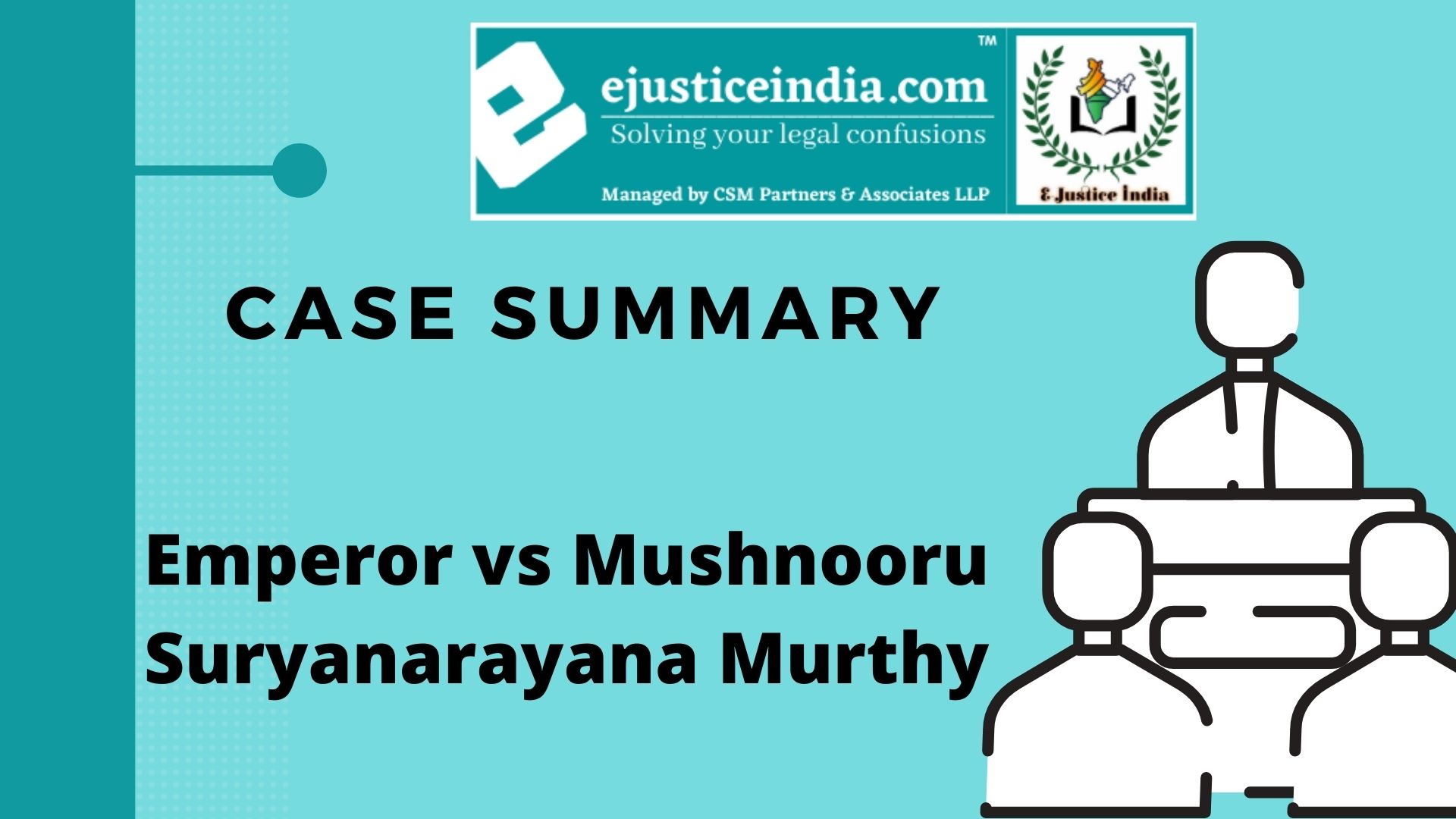NATIONAL LEGAL SERVICES AUTHORITY ACT (NALSA) VS UNION OF INDIA AND OTHERS
Case Name : National Legal Services Authority Act (NALSA) v/s Union of India and Others
Author : Varnika Verma
CITATIONS
AIR 2014 SC 1863
MANU/SC/0309/2014
2014 (5) SCALE 438
2014 (4) SCJ 148
JT 2014 (5) SC 182
2014 (7) Bom CR 1
BENCH
Justice K.S. Radhakrishnan, Justice A.K.Sikri.
INTRODUCTION
The case is concerned to seek redressal for the grievances of the transgender community who seek a legal declaration for their identity and rights in the country like India and says that non recognition of their identities is a violation of Article 14, 15, 16 and 21 of the Constitution of India.
The transgender community comprises of Hijras, Eunuchs, Kothis, Aravanis, Jogappas, Shiv-Shakthis etc. and they as a group have to face a lot of problems, abuses regarding their gender, they are also treated as untouchables which is also a violation of Article 17 of the Constitution of India which states abolition of untouchability.
There is a need to change the mentality of the people and to accept this group as citizens of our country with equal protection of rights guaranteed by the Constitution same as of other genders like male and female.
FACTS
- In 2012, the National Legal Services Authority (NALSA), an Indian statutory body was constituted to give legal representation to the marginalized sections of society, for this a writ petition was filed before the Supreme Court of India.
- The petition was joined by a non-governmental organization (NGO) who was representing the Kinnar transgender community, and an individual who identified himself as a Hijra.
- The petition tried to find a legal declaration of their gender identity than one assigned at the time of birth and that non-recognition of their gender identity violates Articles 14 and 21 of the Constitution of India.
- The transgender community urged before the court of law that their inability to express themselves in terms of a binary gender denies them the equal protection of law and social welfare schemes. They also prayed for legal protection as a backward community, as well as the right to be able to express their self-identified gender in government forms.
- The Additional Solicitor General, who was representing the government, recognized that the matter represented a serious social issue. He enlightened the Court that an Expert Committee had already been established by the government to address various problems facing the transgender community.
ISSUES
Whether a person who is born as a male with predominantly female orientation (or vice-versa), has a right to get himself to be recognized as a female as per his choice more so, when such a person after having undergone operational procedure, changes his/her sex as well?
Whether transgender (TG), who are neither males nor females, have a right to be identified and categorized as a “third gender”?
JUDGMENT
This came out to be a landmark decision where the Supreme Court legally recognized “third gender” transgender persons for the first time and discussed “gender identity” at length.
The Court recognized that third gender persons were entitled to fundamental rights under the Constitution of India and under the International law. Further, it also directed each state government to develop mechanisms to realize the rights of “third gender” transgender persons.


